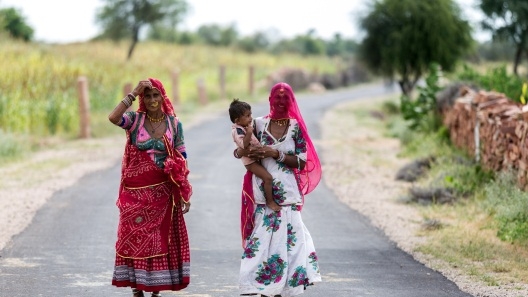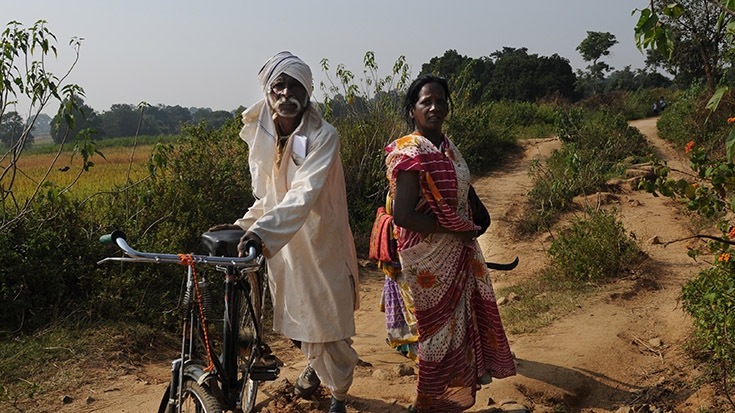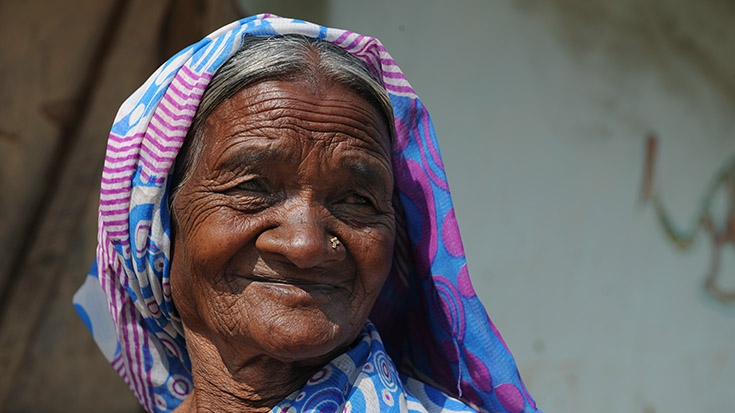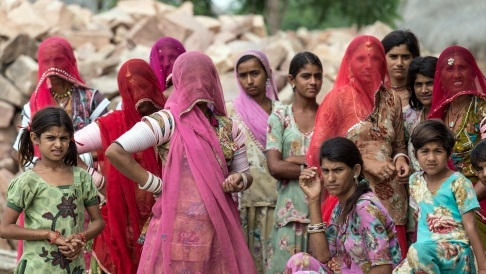Since late 2004, World Bank support has helped build and improve some 16,000 km of rural roads. About six million people living in the remotest parts of India have benefitted. As of February 2014, around 36,000 habitations in participating states now have access to all-weather roads. From the rough, mountainous terrain of Himachal Pradesh to the dry, rugged landscape of Rajasthan, new roads are revitalizing the rural economy, raising incomes, and improving the quality of rural life. Farmers now find it easier to take their produce to market in time, school enrollment is on the rise, and families' access to health care has improved.
The projects have brought about a paradigm shift in the way rural roads are mapped, designed, monitored, and built:
People Make the Choices: Communities concerns are taken into account at the design stage itself through the ‘Transect Walk’, where representatives of local communities walk the entire stretch of the proposed road before decisions are finally taken.
Green Norms Established: The project has helped to lay down an environmental protection code to ensure that trees are planted along the newly built roads, steep hillsides are stabilized including through bio-engineering, and debris from construction is not left behind. In hilly terrain, debris is often used to create flat areas for community use.
Community Monitoring: The project is enhancing community ownership and involvement by helping develop a citizen monitoring framework for. Community based organizations are being trained to monitor the quality of roads being built and identify issues at various stages of construction and maintenance.
Quality Control: The project has helped improve asset management practices which are expected to significantly enhance the sustainability of the entire rural roads program. It has also helped build the capacity of small local contractors, and better equipped government engineers to monitor quality, with exposure to global best practices in road construction.
Ongoing Maintenance Ensured: To ensure the sustainability of project investments, the project has introduced five year performance-based maintenance contracts at the end of the construction period.



